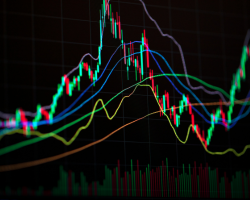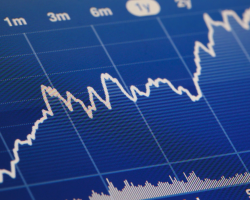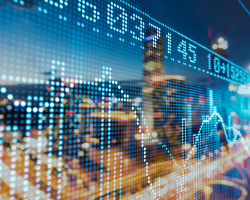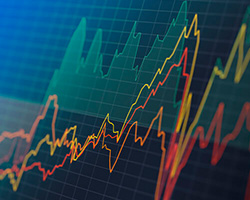Understanding Market Psychology: How Collective Emotions Shape Market Movements
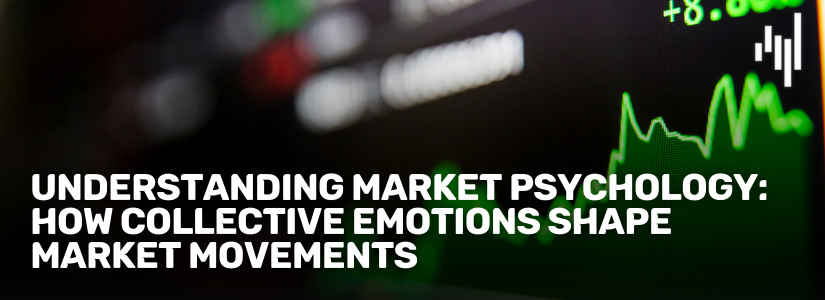
Have you ever wondered why markets sometimes swing dramatically despite stable economic fundamentals? More often than not, the answer lies in market psychology - the collective emotions and behaviors of participants that shape trading trends. By understanding these patterns, investors and traders can uncover opportunities and mitigate risks more effectively.
Market psychology delves into the mindset of market participants - how fear, greed, and other emotions influence decision-making and lead to price fluctuations. Unlike technical indicators or economic data, it emphasizes the human element that often drives irrational market behaviors. Regardless of your trading style, by understanding market psychology, traders and investors can identify emotional patterns driving market behavior.
What Is Market Psychology?
Market psychology refers to the collective emotions, perceptions, and behaviors of all market participants, including investors, traders, institutions, and even regulators. These psychological forces are not always rational, and they play a critical role in influencing price movements, market trends, and the overall dynamics of financial markets. Emotions such as fear, greed, panic, euphoria, and the herd mentality significantly impact decisions, often leading to exaggerated price movements that may not align with the underlying fundamentals of an asset.
Fear, for example, can trigger widespread sell-offs during periods of uncertainty, causing a sharp drop in asset prices. Conversely, greed can lead to inflated asset prices as market participants aggressively buy into an asset in hopes of future gains, sometimes disregarding the true value of the asset itself. Panic can spread through the market quickly, often resulting in overreactions, while euphoria can create bubbles as prices soar beyond what is sustainable.
Understanding market psychology allows investors and traders to recognize patterns in the market’s emotional behavior, which can serve as a powerful tool in navigating volatility. By understanding why markets react the way they do, traders can make more informed decisions, reduce emotional biases in their strategies, and potentially avoid some of the more irrational market behaviors that often lead to significant losses.
In addition, understanding market psychology provides insight into the psychological cycles that markets often go through, such as the optimism-panic cycle. This cycle, often reflected in the rise and fall of asset prices, is rooted in collective emotions that lead to periods of market optimism followed by a sharp downturn once the emotional high fades. By recognizing these patterns, traders can potentially position themselves more strategically, either taking advantage of market corrections or staying cautious during euphoric rallies.
Also read: Dip Buying Mastery: A Strategic Approach to Capitalizing on Market Dynamics
The Role of Emotions in Market Movements
Emotions are the heartbeat of market psychology, dictating how participants behave in different situations. Here are some of the most influential emotions in financial markets:
Fear
This emotion typically emerges during market downturns. Fear drives traders to sell en masse, amplifying the downward momentum. For example, the 2008 financial crisis saw investors panic, selling assets at record lows as uncertainty gripped global markets. Fear in the market can result in a negative feedback loop where declining prices fuel more fear, leading to even further declines in asset prices.
Greed
On the flip side, greed dominates during bull markets, as traders rush to buy assets amid optimism and rising prices. The cryptocurrency rally in 2021, where Bitcoin surged to all-time highs, showcases how greed can drive unsustainable price levels.
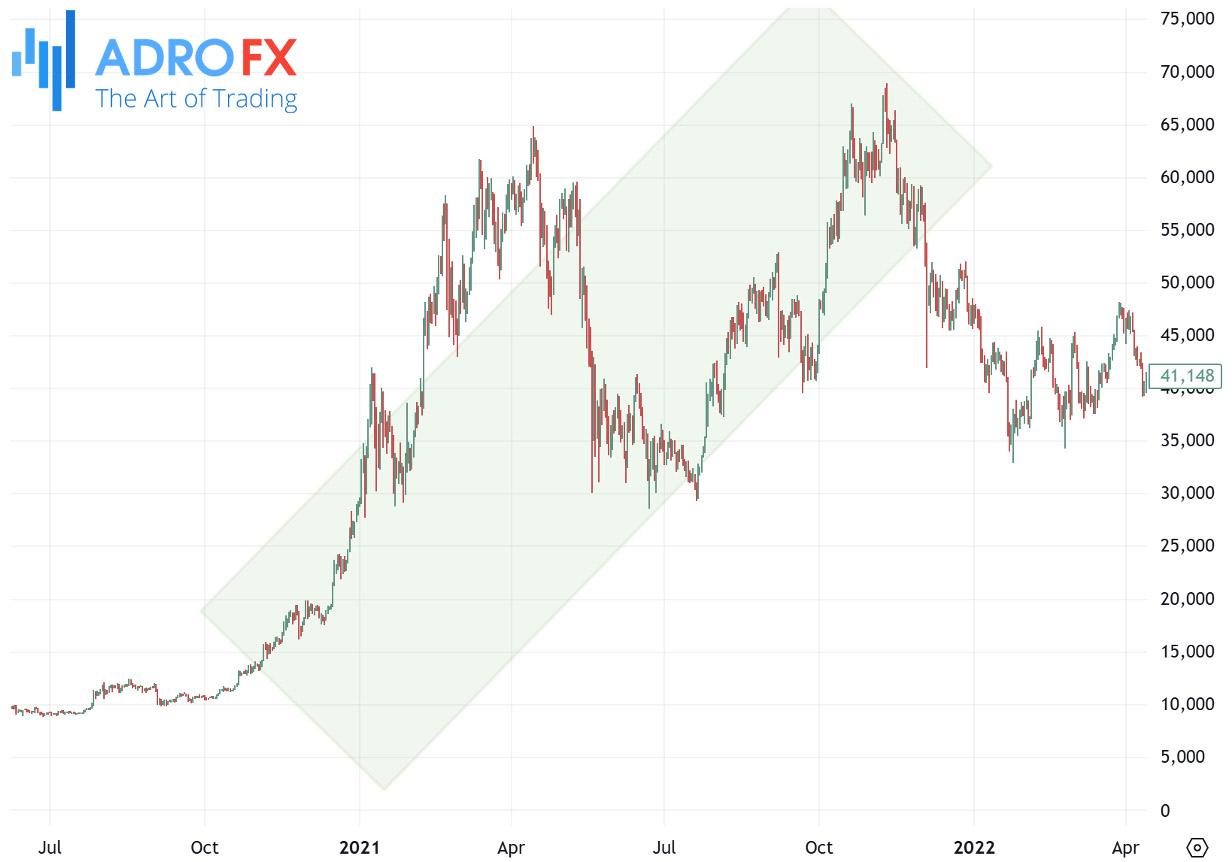
Greed often leads traders to overlook risk in favor of chasing higher returns. This can result in inflated asset valuations and unsustainable market bubbles.
Overconfidence
Overconfidence can lead market participants to take excessive risks, believing their success streaks will continue indefinitely. This often results in overleveraged positions and significant losses when the market moves against expectations. Overconfidence is most noticeable during periods of market exuberance, when investors ignore potential warning signs and assume that trends will continue unabated.
FOMO (Fear of Missing Out)
FOMO compels traders to join trends late, often at inflated prices. The GameStop frenzy in early 2021 demonstrated how FOMO can create irrational buying frenzies, leaving many participants exposed to sharp corrections. Investors driven by FOMO often enter the market when a particular asset is already at a peak, believing they’ll miss out on profits if they wait any longer. Unfortunately, this often leads to poor entry points and losses.
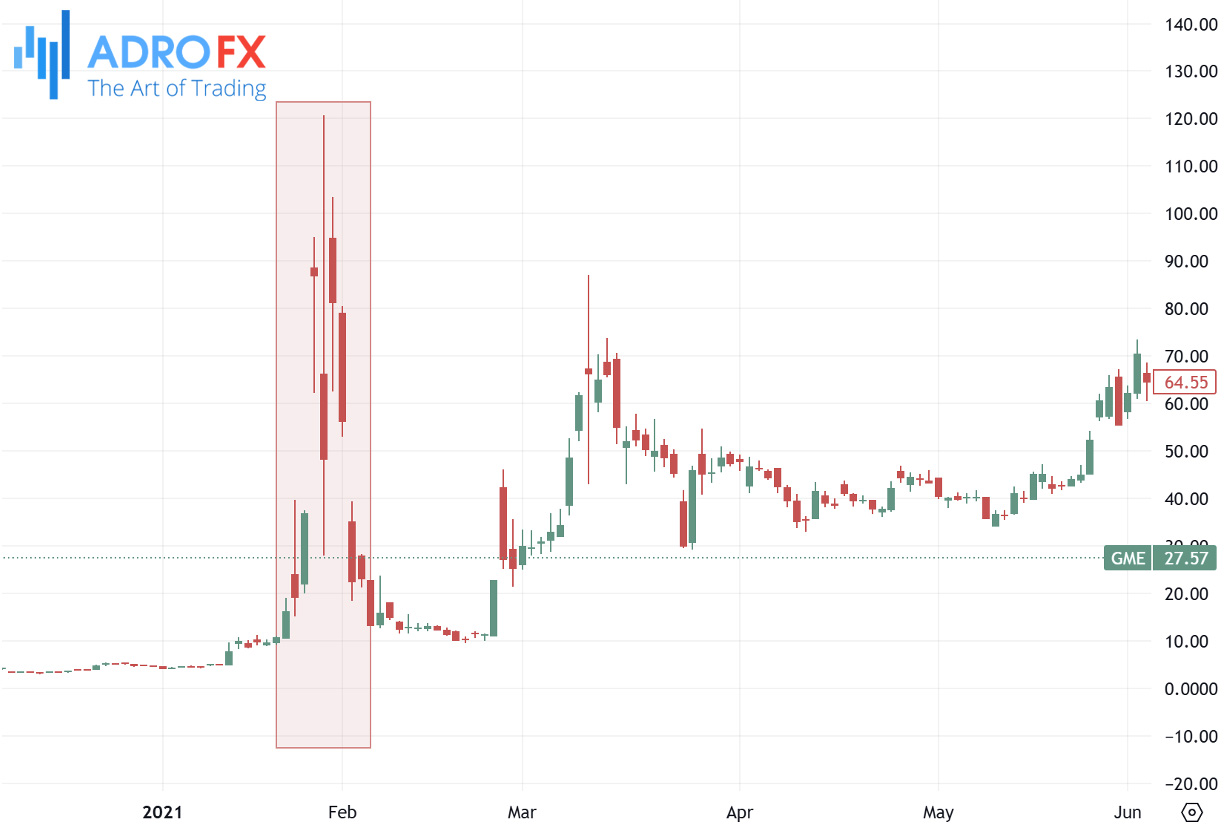
These emotional drivers often overshadow rational decision-making, leading to volatile and sometimes unpredictable market movements.
Common Biases That Influence Market Psychology
Psychological biases subtly yet profoundly impact market participants’ decisions. Recognizing these biases can help traders and investors make more objective and informed choices.
Confirmation Bias
Traders tend to seek information that supports their existing beliefs while ignoring evidence that contradicts them. For example, a bullish trader might disregard declining earnings reports, focusing instead on optimistic analyst forecasts. Confirmation bias can lead to overconfidence in one’s position and cause traders to hold onto losing trades longer than they should.
Anchoring Bias
This occurs when traders fixate on specific reference points, such as the price they paid for an asset, and base decisions on them - even when conditions change. Anchoring can lead to poor decisions, such as holding onto a losing position in the hope of breaking even. If an investor buys an asset at $100 and the price drops to $50, the anchoring bias might encourage them to hold the asset in the hope it will return to $100, even if market conditions suggest otherwise.
Loss Aversion
Humans inherently dislike losses more than they enjoy gains. This bias often leads to holding onto losing trades for too long, hoping the market will rebound, or prematurely exiting profitable trades to lock in gains. Loss aversion is particularly dangerous in volatile markets where small, temporary dips in asset prices might cause emotional reactions that lead to panic selling.
Herd Mentality
The tendency to follow the crowd can result in significant price swings, as traders pile into or out of positions simultaneously. The dot-com bubble of the late 1990s is a classic example, where herd behavior drove irrational investment in overvalued tech stocks. Investors tend to follow the crowd when they believe others have more information or insights, often resulting in buying or selling at precisely the wrong time.
Understanding these biases allows traders to step back, evaluate their decision-making processes, and align their strategies with market realities rather than emotional impulses.
Also read: The Danger of Following the Herd: Why Trend-Chasing Can Hurt Your Portfolio
The Impact of Herd Mentality on Markets
Herd mentality is one of the most influential aspects of market psychology, driving both irrational exuberance and panic. When investors see others buying or selling in large volumes, they often feel compelled to follow suit, fearing they’ll miss out or incur losses.
Bull Markets
During bull markets, herd mentality fuels asset price rallies, often leading to overvalued markets. Investors buy aggressively, sometimes overlooking fundamentals. This was evident during the housing market bubble of the mid-2000s, where optimism drove speculative purchases. The herd behavior was primarily driven by the belief that housing prices would keep rising indefinitely, with many people purchasing homes as investments rather than for personal use.
Bear Markets
Conversely, in bear markets, herd behavior exacerbates sell-offs. Fear spreads quickly, leading to widespread liquidations and steep declines. The 1987 Black Monday crash is a prime example, where herd-driven panic resulted in a 22% drop in the Dow Jones Industrial Average in a single day. This event was a perfect example of how a mass emotional reaction to market conditions can cause significant, rapid declines in asset prices.
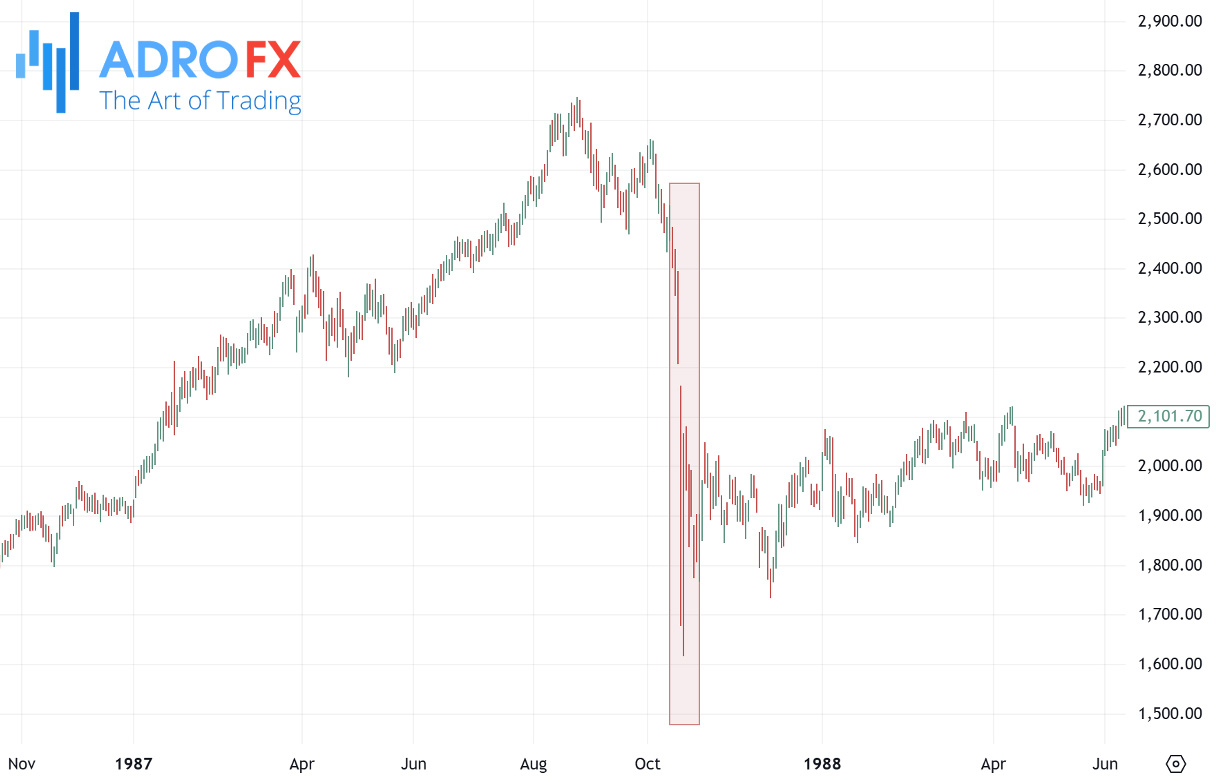
While following the crowd might provide short-term gains, it often leads to long-term losses for those who fail to analyze market conditions independently. Successful investors learn to step back and make decisions based on logic and analysis rather than emotional contagion.
Market Psychology in Action
Real-world events provide valuable insights into how market psychology shapes asset prices. Consider these examples:
Brexit Vote (2016)
The unexpected decision by the UK to leave the European Union triggered widespread uncertainty. Fear dominated the markets, leading to a sharp drop in the British pound (GBP) and significant volatility in European equities. This panic-induced price movement later reversed as traders adjusted their positions in light of the reality of the situation.
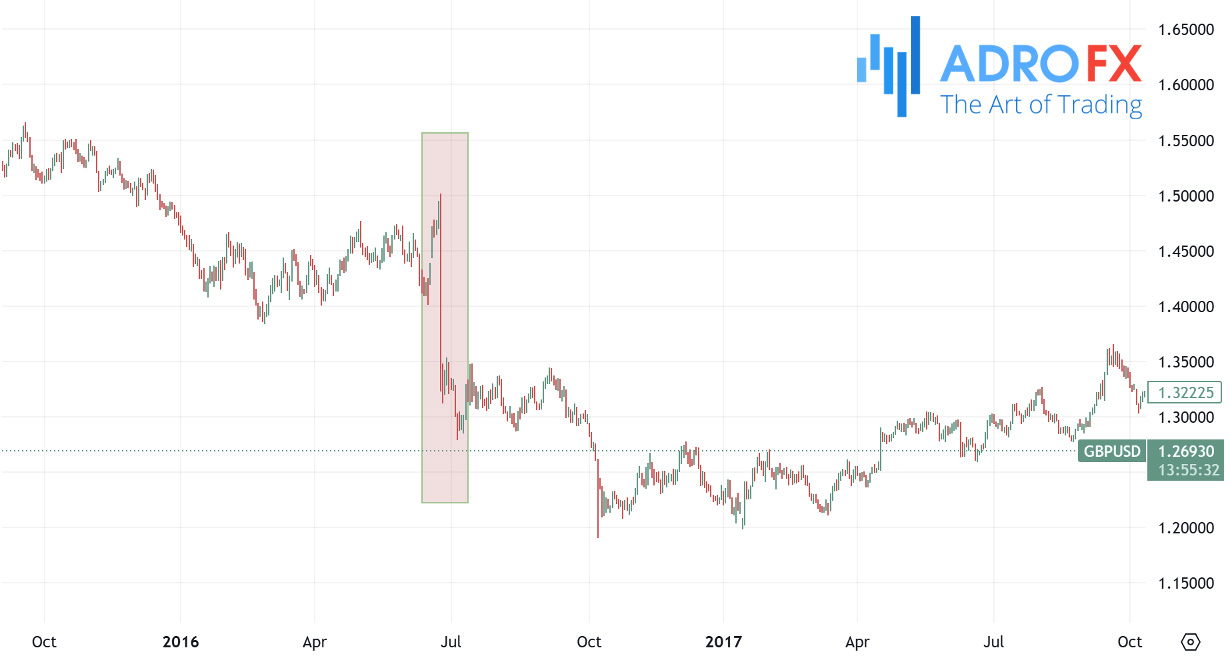
COVID-19 Pandemic (2020)
The onset of the pandemic saw panic-driven sell-offs across global markets. Fear of the unknown led to a rapid decline in stock prices, only for markets to recover later as optimism about stimulus measures and vaccine rollouts took hold. This market behavior was largely driven by the emotional uncertainty surrounding the pandemic’s impact, and traders’ perceptions of risk evolved as more information became available.
By studying such events, traders can better understand how emotional factors influence market behavior and adjust their strategies accordingly.
Also read: Navigating the Highs and Hazards: Understanding Euphoria in Forex Trading
Managing Market Psychology: Tools and Strategies
To navigate the emotional undercurrents of market psychology effectively, traders and investors can adopt several strategies:
- Stick to a Trading Plan
A well-defined plan with clear entry and exit points, position sizes, and risk parameters minimizes impulsive decisions. A trading plan is crucial for avoiding emotionally driven decisions and maintaining discipline, especially during volatile market conditions.
- Set Realistic Goals
Unrealistic expectations can lead to frustration and emotional decision-making. By setting achievable targets, traders can stay focused and disciplined. Setting small, attainable goals helps to ensure that investors are not overtrading or chasing unrealistic profits.
- Diversify Portfolios
Diversification reduces the impact of individual asset volatility, helping to stabilize overall performance. This reduces emotional stress, as diversified portfolios are less prone to large swings in value.
- Use Risk Management Tools
Stop Loss orders and position sizing are critical for limiting losses and maintaining emotional control. Stop Losses can act as a safeguard against large losses driven by emotional decisions during market panic or euphoria.
- Leverage Data and Analysis
Relying on objective data rather than emotional instincts ensures more informed decision-making. Utilizing fundamental and technical analysis helps traders make logical, fact-based decisions rather than emotional ones.
- Monitor Market Sentiment
Tools like the Fear & Greed Index can provide insights into prevailing market emotions, helping traders anticipate potential turning points. Tracking sentiment indicators can help traders avoid getting swept up in extreme market conditions and provide signals of overbought or oversold conditions.

The Psychological Profile of a Successful Trader
Successful traders share common traits that help them navigate the complexities of market psychology:
- Patience
They wait for high-probability setups rather than forcing trades. Successful traders don’t chase every move but instead wait for favorable market conditions that align with their strategy.
- Adaptability
Markets evolve, and strategies must adapt accordingly. Successful traders remain flexible and open to change.
- Emotional Resilience
Losses are inevitable, but how traders handle them separates the successful from the unsuccessful. Emotional resilience helps traders to stick to their plan and avoid letting fear or greed dictate their actions.
- Self-Awareness
The ability to recognize personal biases, such as confirmation or loss aversion, allows traders to make more objective decisions. Self-awareness helps traders stay in control and avoid succumbing to psychological traps.
Conclusion
Understanding market psychology provides traders and investors with a crucial edge in navigating the complexities of financial markets. By recognizing emotional influences such as fear, greed, and herd mentality, participants can make more informed, rational decisions that align with their long-term goals. By incorporating psychological insights into their strategies, traders can better manage risks, avoid common pitfalls, and improve their chances of success.
In the ever-changing world of financial markets, psychological factors will always be present. The key is to master them, rather than be mastered by them.
Mastering the emotional forces that drive market movements can make all the difference in your trading strategy. At AdroFx, we offer the resources and tools to help you understand these dynamics and trade with confidence. Explore our platform, sign up for a demo account, and start applying psychological insights to your trades today!
About AdroFx
Established in 2018, AdroFx is known for its high technology and its ability to deliver high-quality brokerage services in more than 200 countries around the world. AdroFx makes every effort to keep its customers satisfied and to meet all the trading needs of any trader. With the five types of trading accounts, we have all it takes to fit any traders` needs and styles. The company provides access to 115+ trading instruments, including currencies, metals, stocks, and cryptocurrencies, which make it possible to make the most out of trading on the financial markets. Considering all the above, AdroFx is the perfect variant for anyone who doesn't settle for less than the best.


